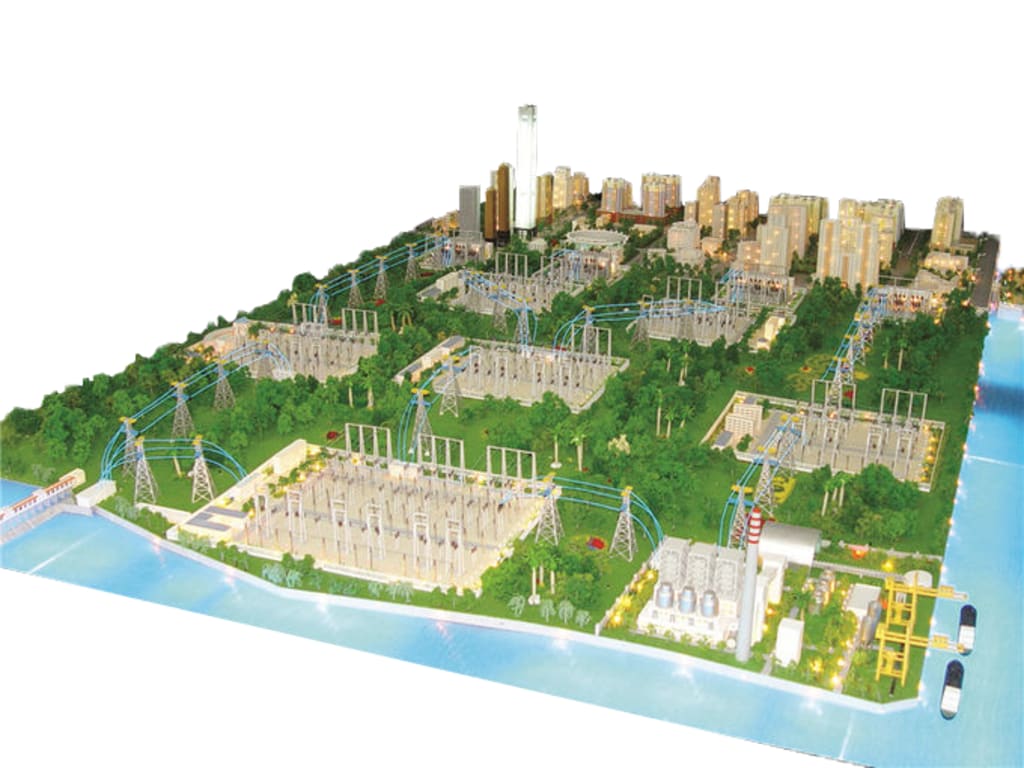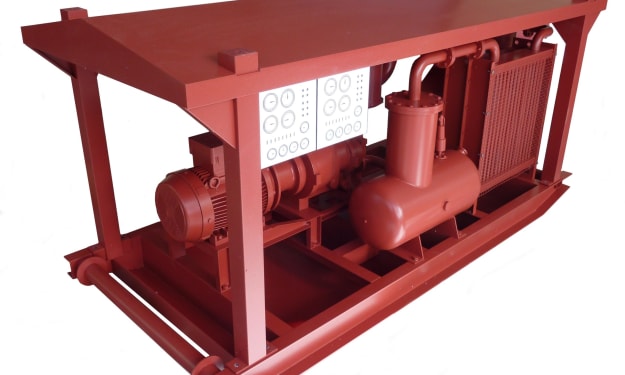The Comprehensive Guide to Industrial Model Making
Shree Creators

Industrial model making is an essential process in the manufacturing and design industries, providing tangible representations of concepts and prototypes. This guide delves into the detailed steps involved in the industrial model making process, offering a comprehensive understanding for those seeking to enhance their knowledge or improve their own practices.
Understanding Industrial Model Making
Industrial model making involves creating physical models that represent the designs of industrial products. These models can range from simple conceptual prototypes to highly detailed, fully functional representations. The process is crucial in product development, enabling designers and engineers to visualize and test their ideas before moving to mass production.
The Importance of Industrial Model Making
The creation of physical models offers several benefits:
Visualization: Models provide a tangible representation of a product, making it easier to understand and communicate design concepts.
Testing and Validation: Physical models allow for practical testing of ergonomics, aesthetics, and functionality.
Cost Efficiency: Identifying design flaws and making changes in the model stage can significantly reduce costs associated with later-stage modifications.
Stakeholder Communication: Models serve as effective tools for presentations to stakeholders, facilitating clearer communication of ideas.
Step-by-Step Process of Industrial Model Making
1. Conceptualization and Design
The first step in industrial model making is conceptualization. This phase involves brainstorming and sketching ideas to develop a clear concept of the model. The design team collaborates to create initial sketches and diagrams that outline the primary features and functions of the product.
2. CAD Modeling
Once the conceptual design is finalized, the next step is to create a computer-aided design (CAD) model. CAD software enables designers to develop precise digital models, offering detailed visualizations and simulations. These digital models are crucial for planning the construction of the physical model, as they provide exact measurements and specifications.
3. Material Selection
Selecting the appropriate materials is a critical aspect of industrial model making. The choice of material depends on various factors, including the purpose of the model, desired durability, and aesthetic requirements. Common materials used in industrial model making include:
Foam: Lightweight and easy to shape, ideal for initial prototypes.
Plastic: Versatile and durable, suitable for detailed and functional models.
Wood: Offers a balance of strength and workability, often used for larger models.
Metal: Provides strength and precision, used for highly detailed and functional prototypes.
4. Model Construction
The construction phase involves the fabrication of the model based on the CAD designs. This process can vary significantly depending on the complexity and purpose of the model. Key techniques used in this phase include:
3D Printing: Ideal for creating highly detailed and intricate models. 3D printing uses digital designs to build models layer by layer, offering precision and flexibility.
CNC Machining: Computer numerical control (CNC) machines cut and shape materials with high accuracy, suitable for creating detailed parts.
Handcrafting: Skilled artisans use traditional tools to shape and assemble models, often employed for custom or artistic projects.
5. Assembly and Finishing
After individual parts are fabricated, the next step is assembly. This phase involves fitting the parts together to create the final model. Precision is crucial to ensure that all components fit correctly and function as intended.
Finishing touches are then applied to enhance the model’s appearance and realism. This can include painting, sanding, and adding decals or labels. The goal is to create a model that accurately represents the final product in both form and function.
6. Testing and Evaluation
Once the model is assembled, it undergoes testing and evaluation. This phase is critical for assessing the model’s functionality and identifying any design flaws. The testing process can involve:
Functional Testing: Ensuring that moving parts operate smoothly and as intended.
Ergonomic Testing: Assessing the model for usability and comfort.
Aesthetic Evaluation: Reviewing the model’s appearance to ensure it meets design expectations.
7. Iteration and Refinement
Based on the results of the testing phase, the model may require iterations and refinements. This involves making adjustments to the design and reconstructing parts as necessary. Iteration is a key aspect of the model making process, allowing for continuous improvement and optimization of the design.
8. Final Presentation
The final phase of industrial model making is the presentation of the model. This often involves creating detailed documentation, including drawings, specifications, and reports. The model is presented to stakeholders, providing a clear and tangible representation of the product concept. This phase is crucial for obtaining feedback and approval before moving to mass production.
Advanced Techniques in Industrial Model Making
Rapid Prototyping
Rapid prototyping is a technique that significantly speeds up the model making process. Using technologies like 3D printing and CNC machining, designers can quickly create and test multiple iterations of a model. This allows for faster identification of design flaws and more efficient refinement.
Virtual Prototyping
In addition to physical models, virtual prototyping has become an increasingly important tool. Virtual prototypes are digital simulations of models that allow for detailed testing and analysis without the need for physical construction. This technique can save time and resources, especially in the early stages of design.
Augmented Reality (AR) and Virtual Reality (VR)
AR and VR technologies are transforming the way industrial models are visualized and tested. These tools provide immersive experiences, enabling designers and stakeholders to interact with virtual models in a realistic environment. AR and VR can enhance understanding and communication, making the design process more efficient and effective.
Industrial model making is a multifaceted process that combines creativity, precision, and technical expertise. From conceptualization to final presentation, each step is crucial for creating accurate and functional models that aid in product development. By leveraging advanced techniques and technologies, designers can streamline the model making process, ensuring that their designs are both innovative and practical.
Shree Creators is a premier industrial model making company based in Mumbai, specializing in the creation of high-quality, detailed prototypes and models for various industries. Our expert team leverages cutting-edge technology and craftsmanship to bring your designs to life, ensuring precision and excellence in every project. From conceptualization to final presentation, Shree Creators delivers outstanding models that enhance product development and visualization.
About the Creator
Shree Creators
Shree Creators Model Making Company offers a wide range of model making services, including architectural model making, industrial model making, marine model making, and engineering model making.
Enjoyed the story? Support the Creator.
Subscribe for free to receive all their stories in your feed. You could also pledge your support or give them a one-off tip, letting them know you appreciate their work.






Comments
There are no comments for this story
Be the first to respond and start the conversation.